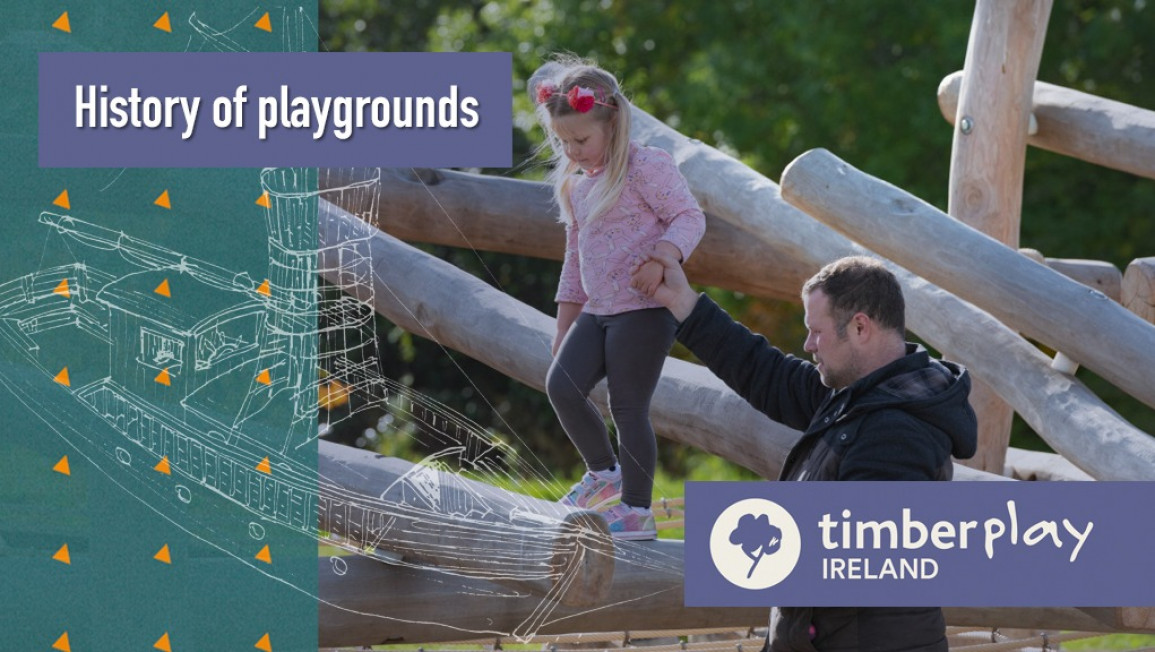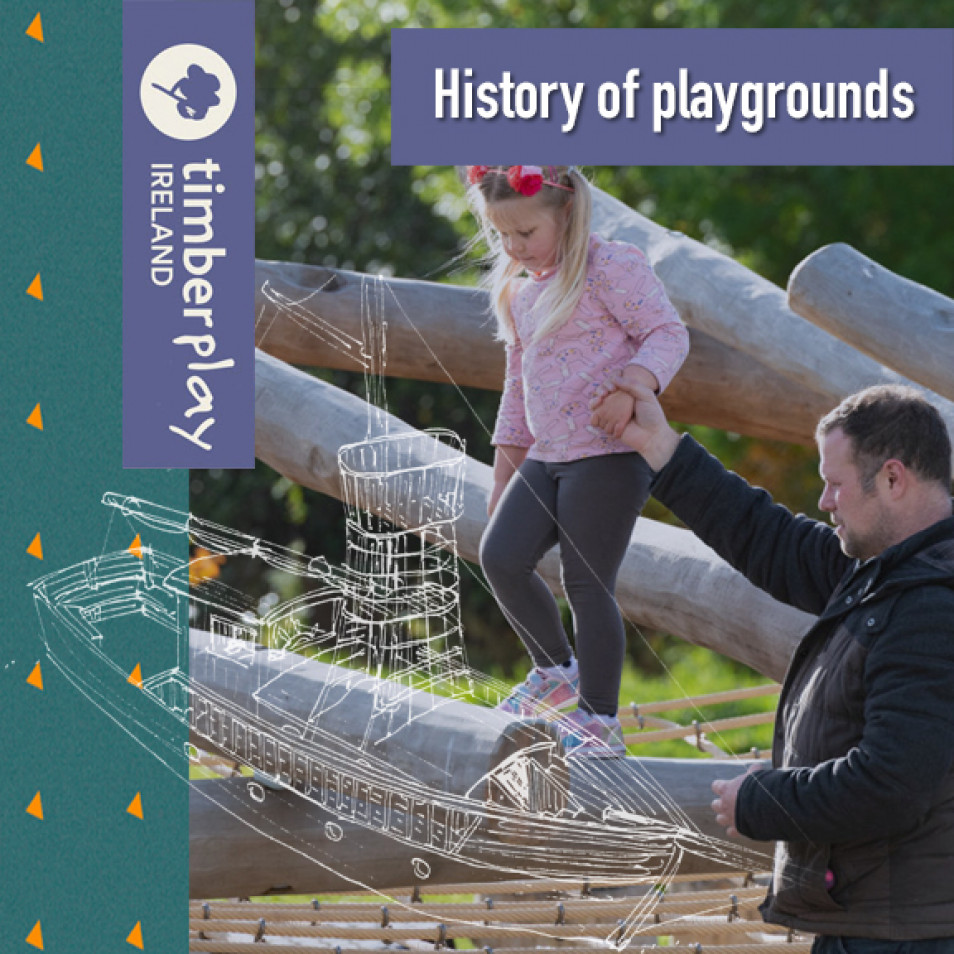Ideas and Insights
Looking back at our childhood some of our fondest moments took place in playgrounds. For those that came before us, this wasn’t the case as playgrounds weren’t always around. Children who were raised in the 19th century didn’t have playgrounds. In Germany in 1885 children began to play in what was called ‘sand gardens’. The United States then took on this idea in 1886 and renamed them ‘playgrounds’.
It wasn’t until the 20th century that playgrounds appeared in public places. As the concern for public healthcare grew the popularity of playgrounds increased as they were seen as a solution to cramped living environments, poor air quality and self-isolation. This new concept was believed to develop children's physical health, good habits and socialization skills whilst also keeping them out of trouble and out of dangerous areas.
Playground Association of America
The Playground Association of America was created in 1906. This organisation was formed to promote the importance of playgrounds in communities. The realisation of their importance lead to the advancement of their benefits, how they were going to be constructed including their layout and design and what activities were going to be carried out in these areas. It was then decided that there will be separate play areas for girls and boys, supervised, shaded areas amongst other facilities, including garden areas and even a swimming pool. Children were not let run free in these playgrounds in the 1900s. People were trained as instructors to teach the children lessons on how to organise their play. The children were taught equipment lessons, theatre productions and other activities. Depending on the location and the playground's financial position different activities were taught and carried out.
The Evolution of American Playgrounds
From the advancement of playgrounds, manufacturers developed new business ideas and began designing and building equipment, especially for playgrounds. In the early days, equipment was built using galvanised steel pipes with strikingly vertical and horizontal elements, ladders and chains. All of these elements would be considered dangerous nowadays. As time went on equipment was replaced and redesigned. Materials used changed to earthen materials, concrete, wood and plastic. Over the years the design and layout of playgrounds develop and are very different from what they started out to be. Nowadays there is a big focus on rounded edges, moulded plastic and soft ground - what is considered to prevent injuries but engage an imaginative mind. Playgrounds are constantly evolving and are scattered in many different areas of cities and even making their way out to more rural areas. The need for the facility is still just as important nowadays for child development as it was when it first began in the 1900s.
To view the most up to date and advanced playground equipment designed and created by Timerplay check out our product page here or contact us for more information.

